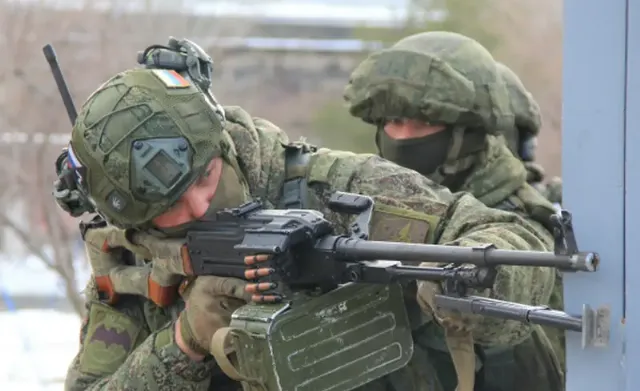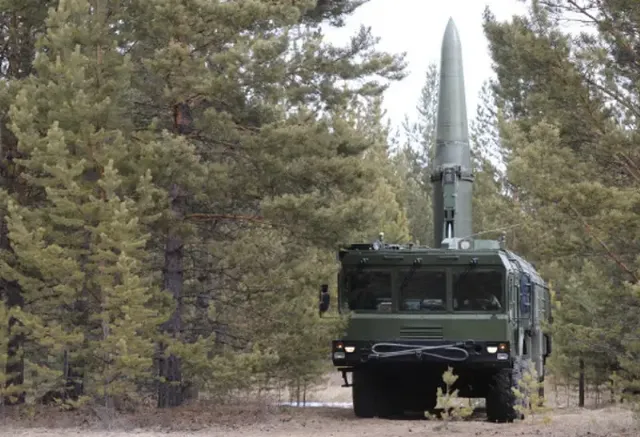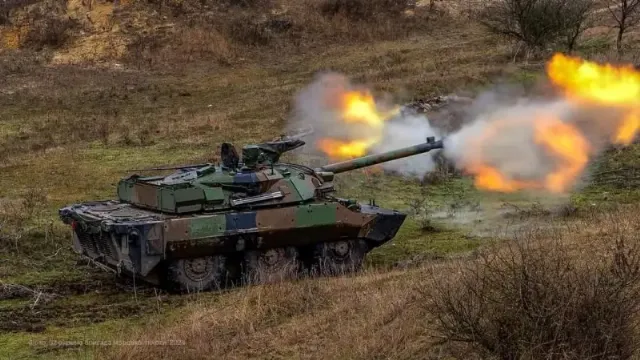
Image source: topwar.ru
If the West is serious about the possibility of conflict with the great Powers, it needs to take a serious look at its ability to wage a protracted war and adhere to a strategy focused on attrition rather than maneuver.
Columnist Alex Vershinin calls for this on the pages of the British analytical publication RUSI, drawing conclusions from the Ukrainian conflict. According to him, waging a war of attrition requires the mobilization of huge industrial capacities to make up for losses; geographical depth, which makes it possible to withstand a series of defeats; technological conditions that prevent the rapid movement of troops; the ability of the state to use human resources and create new formations.
- the author believes.
According to him, recent war games, such as the Taiwan War, covered one month of fighting. The possibility of a continuation of the conflict has never been discussed, reflecting the common position of the West:

Image source: topwar.ru
As indicated, given the exhausting nature of the conflict, it is necessary to establish mass production of combat equipment with minimal costs, rather than engage in the production of high-quality weapons that require huge resources. As an example, the author cites the production of tanks during World War II: while the German defense industry issued one unit of armored vehicles, the USSR manufactured 8 T-34s.
Regarding the principle of the formation of the armed forces, it is noted that the NATO armies are highly professional, they are supported by a strong corps of non-commissioned officers with extensive military education and peacetime experience. But it takes years to become a sergeant in the U.S. Army: a squad commander usually has at least 3 years of service, and a platoon sergeant has at least 7.
- the author believes.
According to him, the USSR relied on the possibility of mass mobilization of a reserve consisting of half-trained men with two years of service experience. However, as the war passes the one-year mark, the advanced units will gain experience. For example, by 1943, the Red Army had formed a powerful corps of sergeants.
- the observer believes.

Image source: topwar.ru
In terms of conducting military operations, he believes that in a conflict of attrition, instead of a decisive battle, which is achieved through rapid maneuver, it requires the destruction of enemy forces and their ability to restore combat power while maintaining their own.
In the first phase of the conflict, it is necessary to build up forces by conducting minor positional battles on the ground.
- the author believes.
At this stage, it is necessary to complete the training of personnel, give them time to gain experience; exhaust the enemy's strategic reserve; achieve fire and reconnaissance superiority; "put down" the enemy's industrial sector and deplete the reserves of his allies.
After that, you can move on to the second phase – conducting offensive operations on a wide front, trying to crush the enemy at several points with small attacks, stretching his depleted reserves until the defense line collapses. At the same time, the advancing troops must constantly be protected by air defense and electronic warfare (suppressing UAVs, communications, satellite navigation). It is necessary to attack without resorting to a large concentration of forces, since in modern conditions this leads to their vulnerability from long-range fire.
